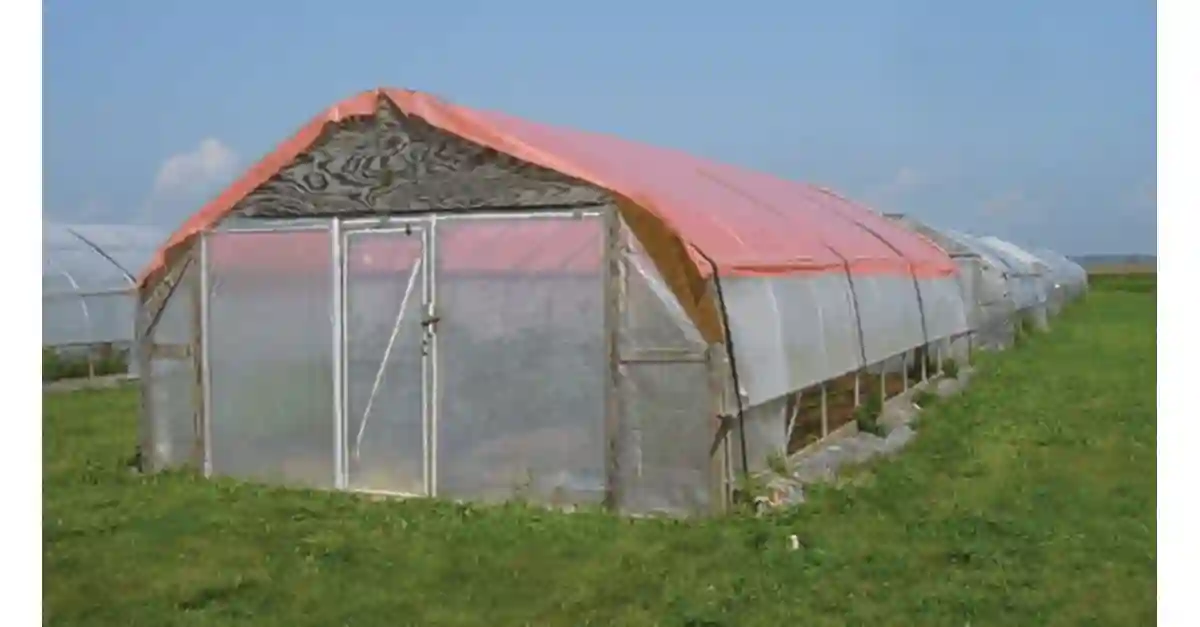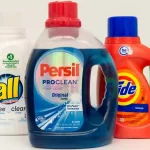The most economical material for greenhouses is plastic film. When selecting a greenhouse plastic, there is no “one size fits all” solution. When attempting to choose the best greenhouse plastic for any business, there are a number of elements to take into account.
What should the plastic be made of?
Mils are used to measure plastic sheeting. One mil is equivalent to 0.0001 inches (0.001 inches). A supermarket bag is.5 mm thick.
The normal thickness of greenhouse plastic is between 5 and 8 mils. For strength and structure, some goods come with a thin string woven into the Transparent PVC film, while others incorporate uv blockers.
When choosing the appropriate film thicknesses (mil), keep the greenhouse’s location in mind. You don’t want to change your plastic film often during the year since the wind plays a large role in plastic degradation.
The protection of the clear pvc film and crops during light wind gusts is increased by a thicker mil product (6-8mil), which has a tensile strength that is twice as strong.
You may choose the appropriate amount of film by carefully assessing the surroundings and the hazards involved.
What sort of plastic is best?
For the greatest outcomes, a variety of plastic kinds are employed with a variety of applications. A handful of the well-liked movies and the finest uses for them are listed below:
Plastic panda film
In growing regions, panda film is utilized in greenhouses. This is a waterproof poly film that has a white back and a black front. For crop management, black and white plastic sheeting is employed.
Because it is extremely reflecting, the white side is utilized to steer light away. The side that is completely opaque and dark absorbs light to block out both heat and light. Temperature regulation and waterproofing are further uses for it.
Benefits
- For optimum light reflection to help with vegetable crop production, a bright white covering is used.
- When used as a blackout curtain for your crops, gives you the most control.
- Shade fabric does not effectively reflect heat as greenhouse blackout film does.
- In order to maintain crop management control in higher-stress settings, this black and white poly film is specifically designed to endure the wear and tear of either foot traffic or retractable curtain systems.
- Greater resistance to rips and punctures is provided by the panda film’s high strength at its folds. Any plastic greenhouse film that has the polymer strands twisted at a fold is susceptible to flaws. Performance problems in these important areas are reduced by increased fold strength.
Plastic film in clear
The benefits of employing transparent greenhouse plastic include direct light delivery into the building, which warms the soil and creates the ideal temperature for seed germination. Use transparent plastic only for germinating seeds and cultivating starting plants for transplanting outside in a greenhouse.
Direct light promotes seeds to sprout and grow into sturdy seedlings prepared for outside transplantation.
Obscure/frosted plastic film
The biggest drawback of utilizing transparent greenhouse plastic as opposed to opaque or frosted acrylic is that direct light produces hot patches while shading other plants. Additionally, it generates extra heat that is trapped within the greenhouse.
Opaque plastic, as opposed to transparent sheeting, scatters light waves and produces even light for the best possible development of plants.
All parts of the greenhouse are illuminated by diffuse light, which results in the most effective photosynthesis.
Additionally, because it hits plants from diverse angles, they do not get lanky since they do not strive to grow toward the light source. If you are growing tall veggies or growing vertically on benches, it is crucial.
A film of dark plastic
A greenhouse designed to block out all light employs completely black sheeting. One innovative greenhouse idea that is now widely employed to promote blooming is light deprivation.
The moisture in the soil is preserved by a black plastic mulch, which stops it from evaporating. Water is only evaporated from the exposed soil in the holes where the plants are growing.
As a result, it will take less time to water the expanding crops since there will be more moisture accessible in the nearby soil for plant roots.



